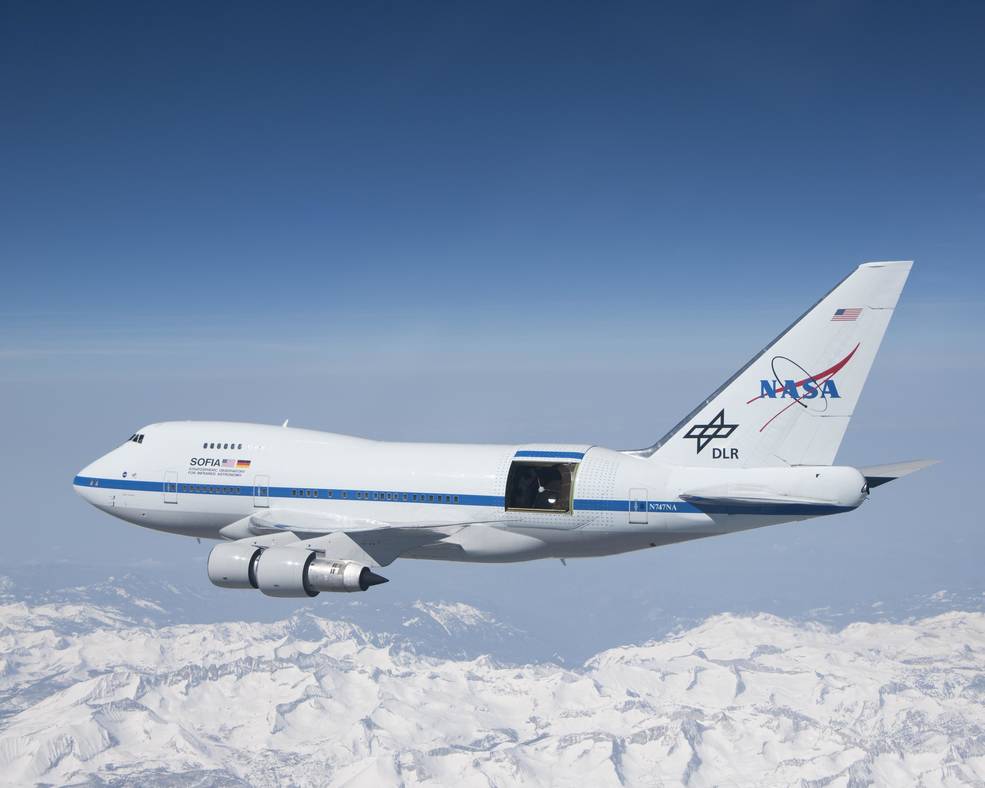NASA's flying telescope SOFIA returns to New Zealand to better observe celestial objects

- Country:
- New Zealand
NASA's flying telescope, the Stratospheric Observatory for Infrared Astronomy or SOFIA, has returned to Christchurch, New Zealand, for the seventh and the final time to better observe celestial objects in the Southern Hemisphere.
The telescope has made 12 deployments over its operational lifetime to observe celestial objects and phenomena not visible from its home skies. With its long-term deployment in New Zealand, SOFIA now plans to conduct 32 flights to observe a wide range of celestial objects and phenomena, like cosmic magnetic fields, stellar feedback, and cosmic rays, using two instruments, HAWC+ and GREAT, the agency said on Saturday.
SOFIA, a joint project of NASA and the German Space Agency at DLR, will observe magnetic fields in our galaxy, the Milky Way. The telescope can detect cosmic magnetic fields on many scales, including star formation scales, especially along filaments.
According to NASA, many of the key celestial objects for astronomers, like the center of our galaxy are either visible only from the Southern Hemisphere or more easily observed from these latitudes.
"We are thrilled to be returning to Christchurch to continue to study and discover the infrared universe," said Naseem Rangwala, the SOFIA project scientist.
Designed to observe the infrared universe, SOFIA is a Boeing 747SP aircraft modified to carry a 2.7-meter (106-inch) reflecting telescope. Unlike space-based telescopes, it lands after each flight, so its instruments can be exchanged, serviced or upgraded to harness new technologies.
SOFIA completed its five-year prime mission in 2019 and currently is completing a three-year mission extension. The flying telescope will end operations no later than September 30, 2022, at the conclusion of its current mission extension.
WE’RE BACK! SOFIA has landed in Christchurch, New Zealand for observations from the Southern Hemisphere. This is our seventh and final New Zealand deployment. ✈️ 🌌 pic.twitter.com/RjtCLhDXuo
— SOFIAtelescope (@SOFIAtelescope) June 19, 2022










